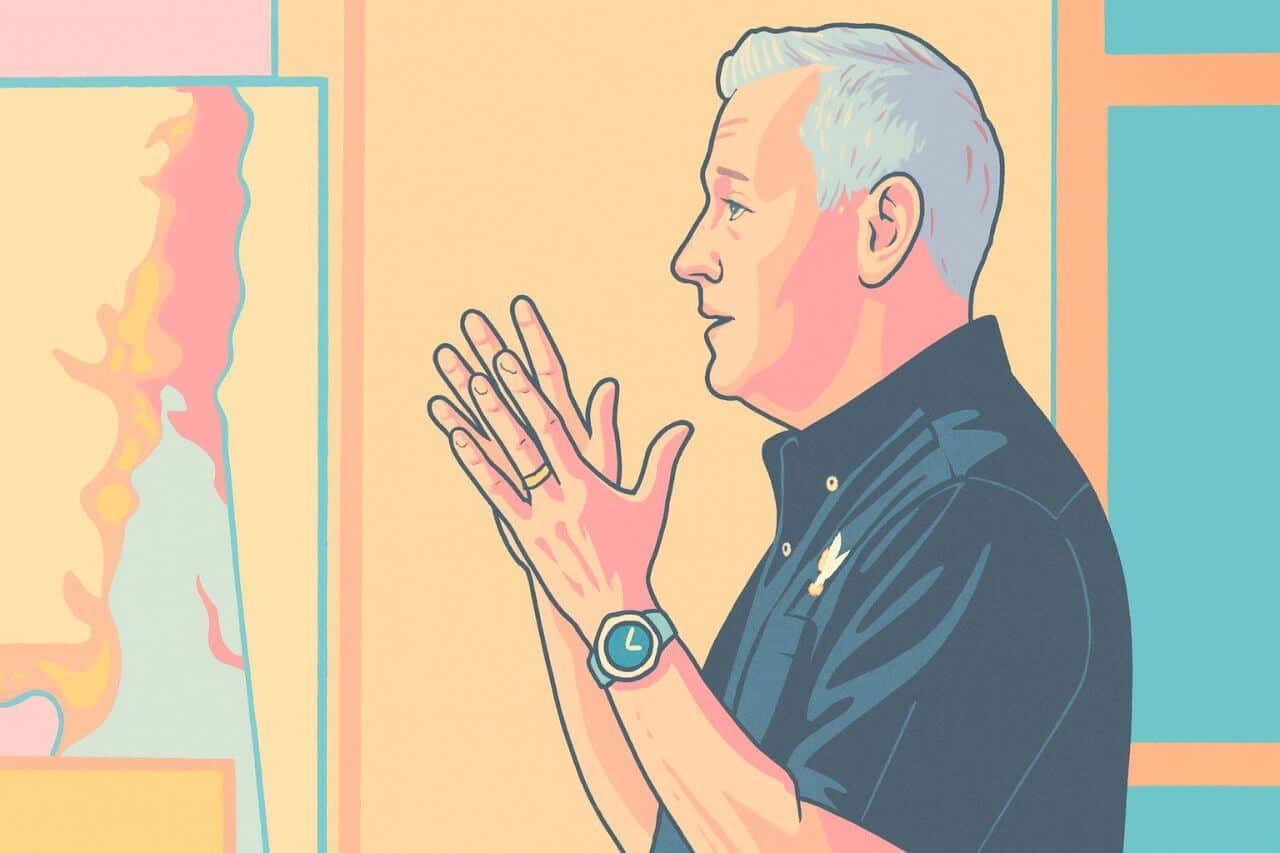Big news for Alabama’s classrooms: the Legislature has rolled out a brand-new funding formula called RAISE (Renewing Alabama’s Investment in Student Excellence).
Instead of simply counting heads, this plan adds “weights” to base funding—extra dollars aimed at students who need more support.
It’s a shift that’s got everyone talking, from Birmingham to Gulf Shores, and it puts innovative thinking at the heart of how our schools grow.
Targeted Support with New Weights
Here’s how it breaks down: schools earn an extra 2.25% per student in poverty, plus three tiers of special education students get 2%, 10%, or a whopping 75% bump.
English learners start at 7%, jumping to 10% in high-need schools. Charter students pick up 2%, and gifted programs get 4.5%.
Think of these as bonus points for each child who brings unique strengths or faces particular challenges.
Over time, that adds up into real investments in classrooms, tutors, language labs, and enrichment projects.
Dollars Follow Students
Senator Arthur Orr, who steered SB 305 through the Senate, likes to say, “The money follows the child into their school.”
That means if a school in Mobile has a high share of English learners, it sees proportionally more funding for language supports.
In fiscal year 2026, Mobile County Public Schools will net about $11.4 million extra, largely thanks to the poverty weight.
Jefferson County comes in at $8.7 million, with a particularly big boost for its ELL students.
Even smaller systems—like Bullock County’s four schools—will see meaningful lifts; nearly half of its extra dollars fund students in poverty.
Patience and the Path to Progress
Don’t expect test scores to skyrocket overnight. State Superintendent Eric Mackey reminds us it could take a decade to spot lasting gains.
Representative Danny Garrett thinks five years is more realistic for seeing the “needle move.”
That gives districts breathing room to hire reading specialists, strengthen STEM offerings, and build community partnerships.
Keeping the pot growing is key: lawmakers set aside $375 million over three years from budget surpluses, plus an extra $58 million in 2026.
And by maintaining a two- or three-year buffer, they hope to guard schools against economic swings.
Accountability and Community Connections
With fresh funds come smart checks and balances. Schools must show progress on test scores or risk having dollars trimmed.
Districts may shift up to 10% of their new money without state approval, but any bigger reallocation needs sign-off from the superintendent.
That ensures funds meant for, say, an elementary’s English-learner program don’t stray into a high-school football locker room.
It’s a safeguard that keeps communities engaged, as parents and local leaders track how investments translate into better resources and opportunities.
This new model spotlights equity, encouraging every district—from Huntsville to Daphne—to tune funding to its students’ needs.
As the plan unfolds, expect innovative programs, strengthened support services, and a more vibrant learning landscape stretching across the state.
It’s an exciting chapter for Alabama schools, one that promises to reshape how classrooms thrive for years to come.
If you’d like to check out other news stories, hop over to our news corner.




